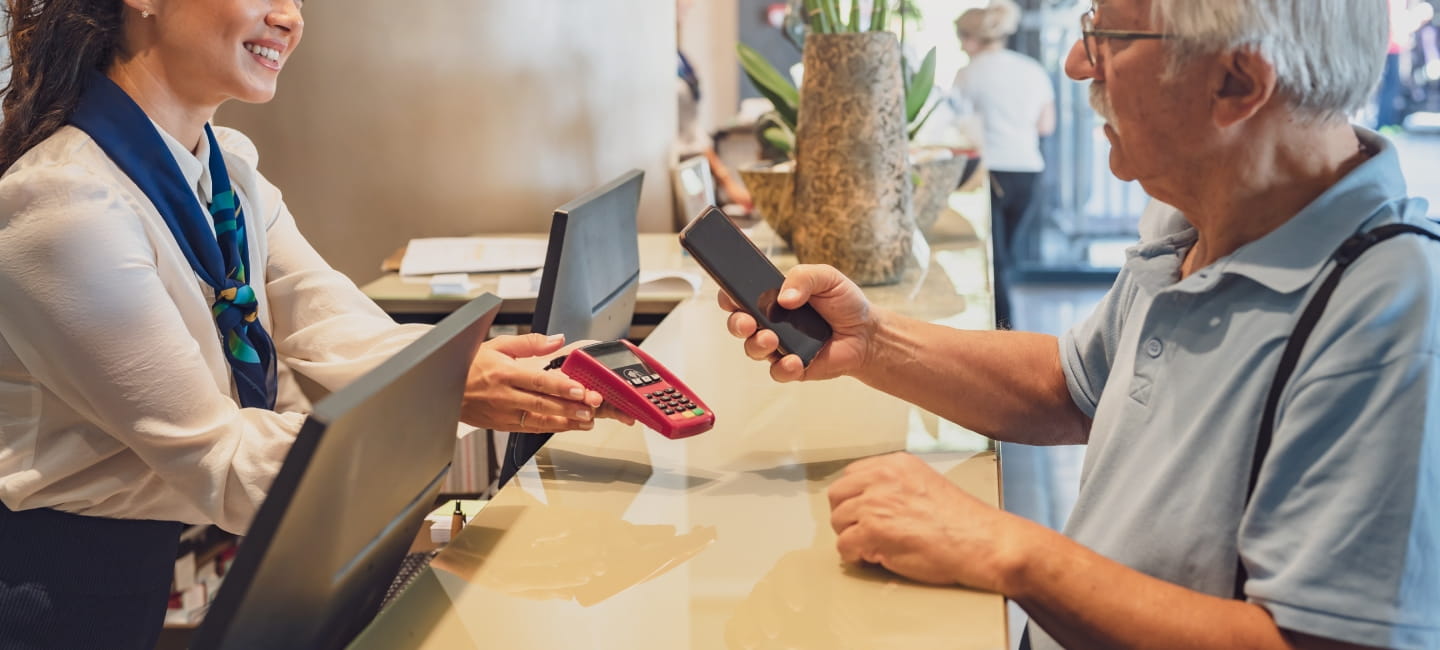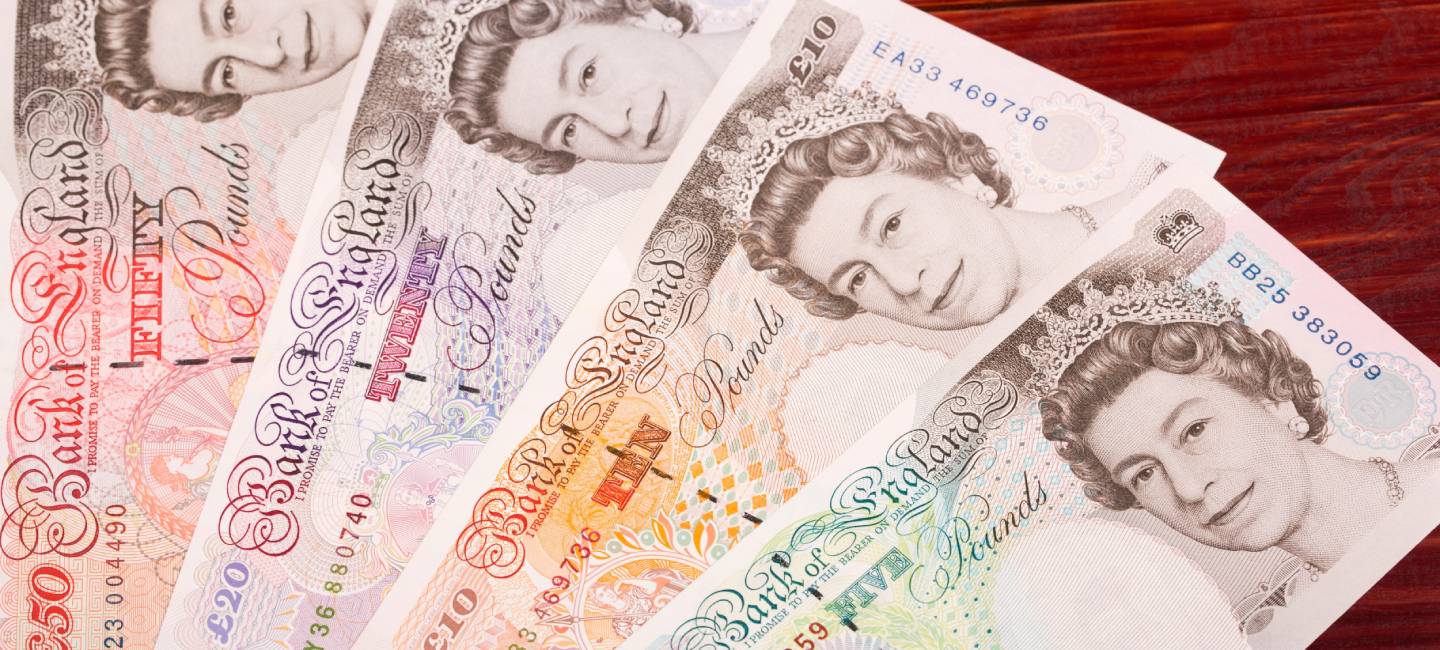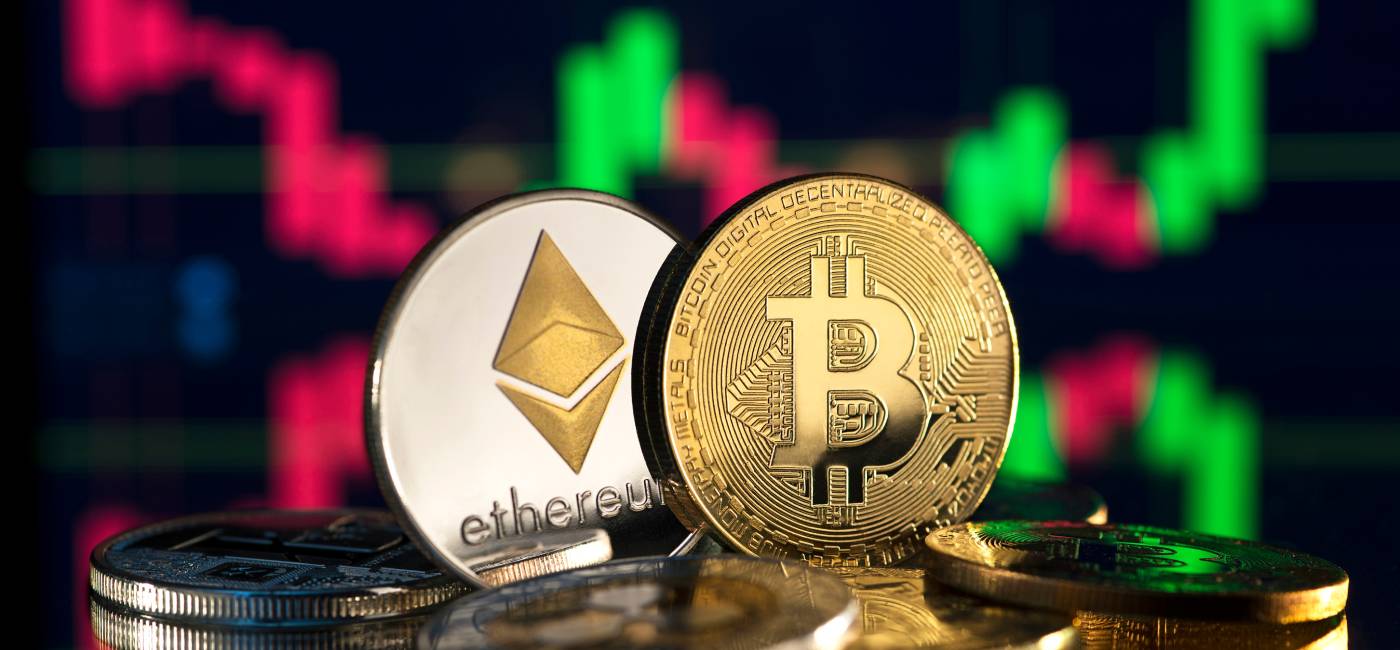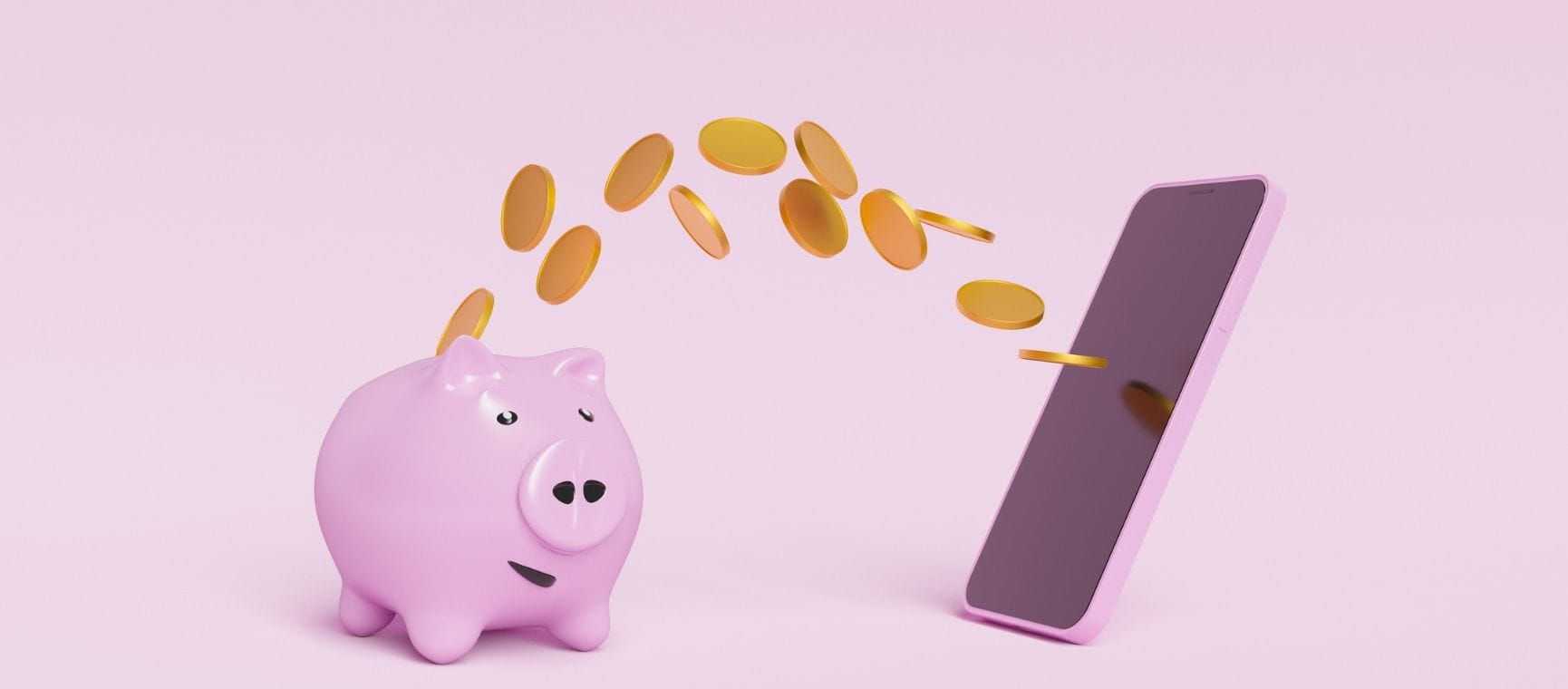

This article is for general guidance only and is not financial or professional advice. Any links are for your own information, and do not constitute any form of recommendation by Saga. You should not solely rely on this information to make any decisions, and consider seeking independent professional advice. All figures and information in this article are correct at the time of publishing, but laws, entitlements, tax treatments and allowances may change in the future.
A proposed shake-up to contactless payments could see the current limit on them scrapped.
The financial regulator is proposing to scrap the cap altogether, handing control over spending limits to the banks. This move could transform the way we pay for bigger purchases, but it also raises important questions about security and control over our own money.
What’s on this page?
Currently, contactless payments over £100 have to be made by entering a four-digit PIN into the terminal at the till.
The Financial Conduct Authority (FCA) has proposed removing that limit, giving card providers the flexibility to decide the right limit for them and their customers. This opens the door for people to potentially pay for things costing over £100 simply by tapping their card.
Susannah Streeter, head of money and markets at Hargreaves Lansdown, says: “This is part of a red-tape bonfire to try and reduce financial regulation and speed up growth.
“The idea is that it will be more efficient for retailers and customers alike and will make it easier for consumers to spend more, more quickly.”
The current UK rules are largely based on the EU’s second Payment Services Directive (PSD2), but since Brexit the UK has been able to set its own rules.
The plans could also change the current requirements to enter a PIN regularly. Currently a PIN must be entered after five consecutive contactless transactions have been made, or after a total contactless spend of £300 has been reached. This is an important protection against fraudulent use if someone has got hold of your card but not your PIN.
Under the new proposals, banks would be able to set their own limits. Streeter adds: “This would bring the process more into line with mobile wallets like Apple Pay, which can be used already for higher-value transactions.”
That doesn’t mean there would necessarily be an immediate wholesale change to the way we pay. The FCA thinks most card providers will keep the £100 limit for the time being, and that they will only increase the limit when it’s deemed appropriate.
David Geale, executive director of payments and digital finance at the FCA, says: “While we wouldn’t expect to see immediate changes to limits by firms, they would have the flexibility to make payments more convenient for customers.”
Tapping our cards at the till has transformed the way we pay for things. Contactless cards have a small chip which gives out radio waves. When you pay, you hold the card near a payment machine, which picks up a signal and puts through the transaction.
Among UK adults, 91% have a contactless-enabled credit or debit card, with 67% of those aged 55+ paying for things this way a few times a week, according to a survey by UK Finance published in April 2025.
Contactless payments are growing especially fast among the over-65s. In 2024, the over 65s were the fastest-growing group of contactless users for the fourth consecutive year, according to Barclays Consumer Spend data published in April 2025.
The same data showed that a record 94.6% of all eligible in-store card transactions were contactless in 2024. It shortens time at the till, cuts queues and means people don’t have to fiddle around tapping in the four-digit PIN. It’s secure, with relatively low rates of fraud, and generally makes the whole process of paying for our shopping quicker and easier.
But it has downsides too. Many people worry about the risk of theft and fraud – that if someone gets hold of their card they can go on a contactless spending spree. Some also believe that making it easier to make payments encourages people to spend more on things they may not really need. And if you don’t need to use your PIN very often, it can make it harder to remember it when you suddenly get asked to enter it.
When contactless card payments were first introduced in 2007, the limit was £10, before being raised to £15 three years later, £20 in 2012 and £30 in 2015. The £100 limit on contactless payments was introduced in October 2021, when the pandemic changed, well, just about everything, including the way we paid.
But we’ve got used to it. The majority of people – six in 10 (59%), according to UK Finance’s recent survey – feel the £100 limit is ‘about right’ for contactless payments. Only 12% would welcome a higher limit. People aged 55 and over are even more wary, with only 9% favouring a higher cap compared with 17% of 18- to 34-year-olds.
.jpg?sc=max&mw=800&h=450&la=en&h=700&w=1300&hash=93EBD4B7F2B8A74242A35D49D55C7C6E)
The obvious concern is the risk of fraud if your card is stolen. However, the fraud rate linked to contactless card payments is fairly low.
Contactless cards were used for £41.5 million of fraudulent spending in 2023, up 19% from 2022, according to UK Finance. But, while nearly three-quarters (73%) of all card transactions were contactless, contactless fraud accounted for less than a tenth (8%) of overall card fraud losses.
While the FCA’s own analysis suggests raising the limits would lead to an increase, detection is improving and there is protection to make sure you don’t lose out if your card is stolen and used.
Streeter says: “There is the potential for increased fraud, but consumers will still have their money protected, when flagged to a bank.”
Fraudulent transactions on contactless cards are protected in the same way as other card payments. If a thief uses your card, your bank should reimburse you if it’s unable to prove that you authorised the payment or didn’t take reasonable care of your card's security features. UK Finance says that customers are fully refunded in more than 98% of cases.
If you’re worried, you can set your own contactless limit, or switch off contactless payments completely. You can generally do this via your banking app, by going to the ‘manage my card’ tab.
Streeter adds: “While people’s concerns are very understandable, the chances of something happening are low. “If you are concerned, my advice is to store your bank card on your phone’s digital wallet and pay that way rather than take your card out and about.”
Digital wallets have enhanced security features, as well as needing extra security such as your fingerprint, Face ID or a phone PIN code to verify payments. But many people are still wary – only a quarter of over-55s (26%) have registered their payment card on their phone or wearable device, according to UK Finance.
The review of contactless card limits is part of a wider package of nearly 50 measures outlined by the FCA, aimed at boosting economic growth, and changes to the plans are still possible. The FCA says it will review the further feedback it gets when the consultation ends on October 15, with any approved changes likely to happen early next year.


With our Stocks & Shares ISA and General Investment Accounts. Capital at risk.

From cashback to travel to 0% interest, find the right card to suit your needs.

Our guide shows you how to exchange or sell your old coins and notes – including the easiest way to do it.

Find out what crypto is, how it works, and the different types, from Bitcoin to Dogecoin.

From money back on your shopping to cut-price food, these are the best apps to save you money.